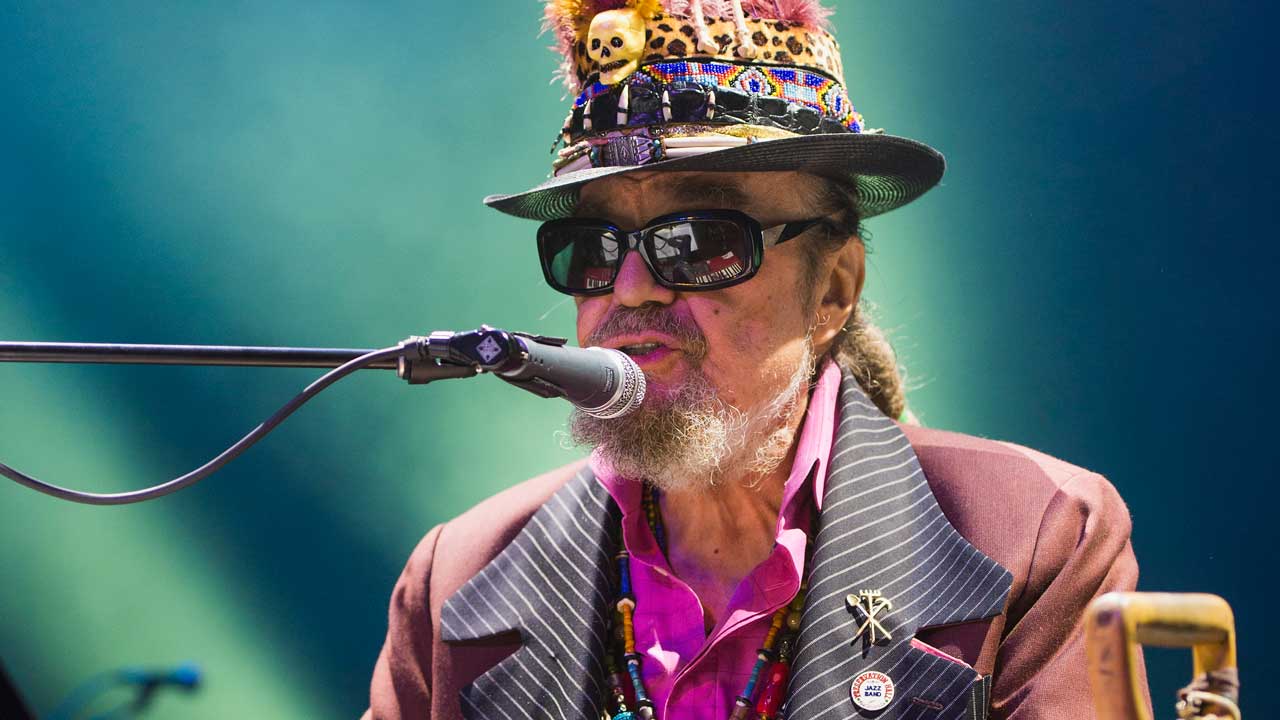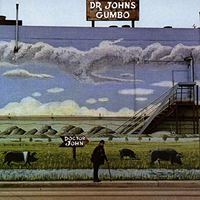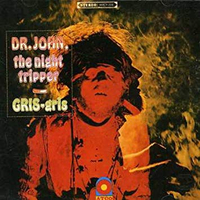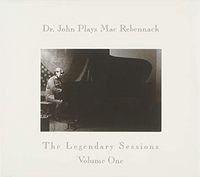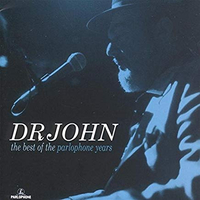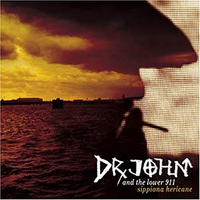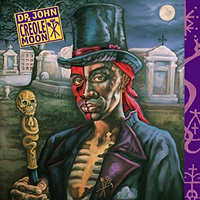In the blues mainstream, guitars run the game, but New Orleans is a piano town, with a heaped helping of horns on the side. The Mississippi Delta was the birthplace of the blues, but New Orleans was the cradle of both jazz and funk, and – in terms of its music, cuisine, language and all manner of cultural traditions – it’s pretty much a law unto itself.
Mac Rebennack was a musician/hustler – the top joint of his left-hand third finger was once shot off; thankfully it was surgically reattached, albeit wonkily – who became a fixture on the local studio scene, playing piano or guitar.
In 1968, producer Harold Battiste created his second great scam (the first being to somehow convince the world that the shorter, uglier half of Sonny & Cher was a genius) when he helped transform Rebennack into a reincarnation of 19th-century voodoo priest Dr John Creaux on a ‘voodoo-rock’ album called Gris-Gris.
In the years since, both ‘Mac’ and ‘Doc’ created stacks of superb albums (including not a few ‘collaborations’ in which the two sensibilities fused, notably Goin’ Back To New Orleans), alternating with session stints for, among others, BB King, Marianne Faithfull, Ringo Starr, Johnny Winter and Stephen Dale Petit. Desitively bonnaroo or what?
Doc's last album was 2014's Ske-Dat-De-Dat: The Spirit of Satch, a tribute to jazz great Louis Armstrong, where he was joined by the likes of Bonnie Raitt and The Blind Boys Of Alabama.

